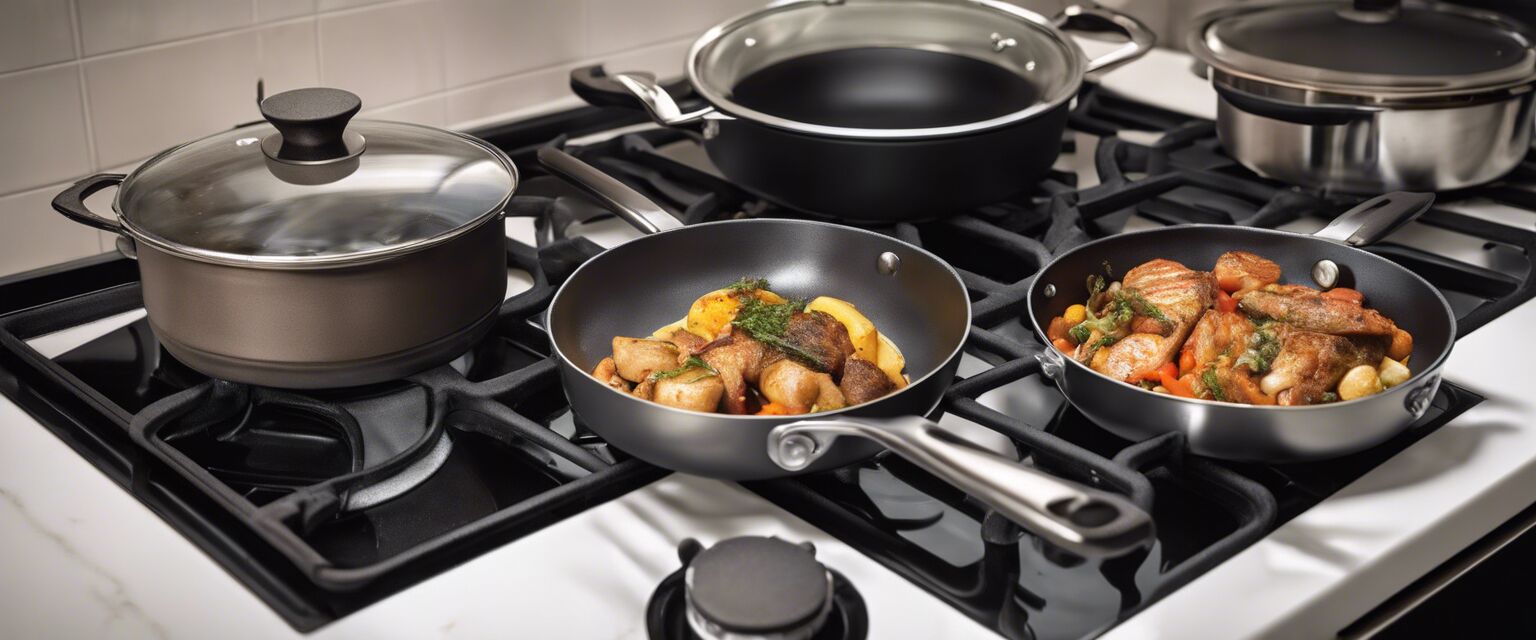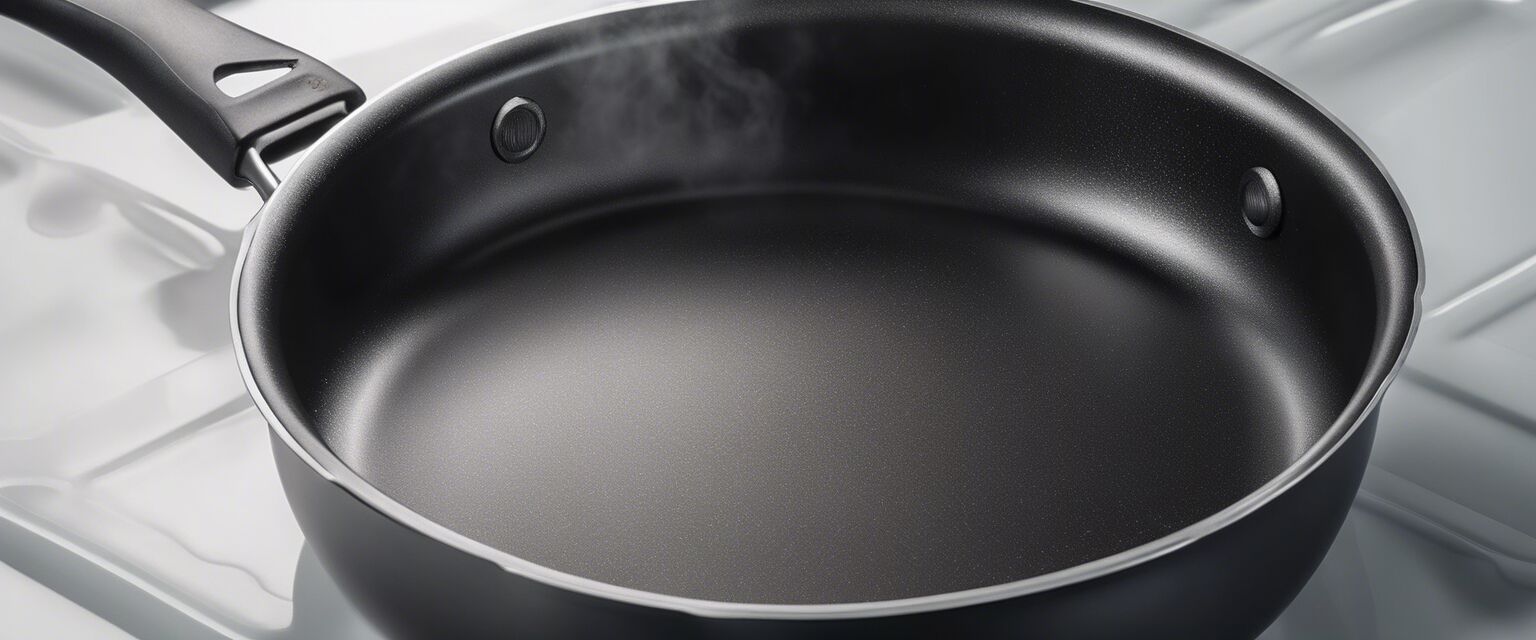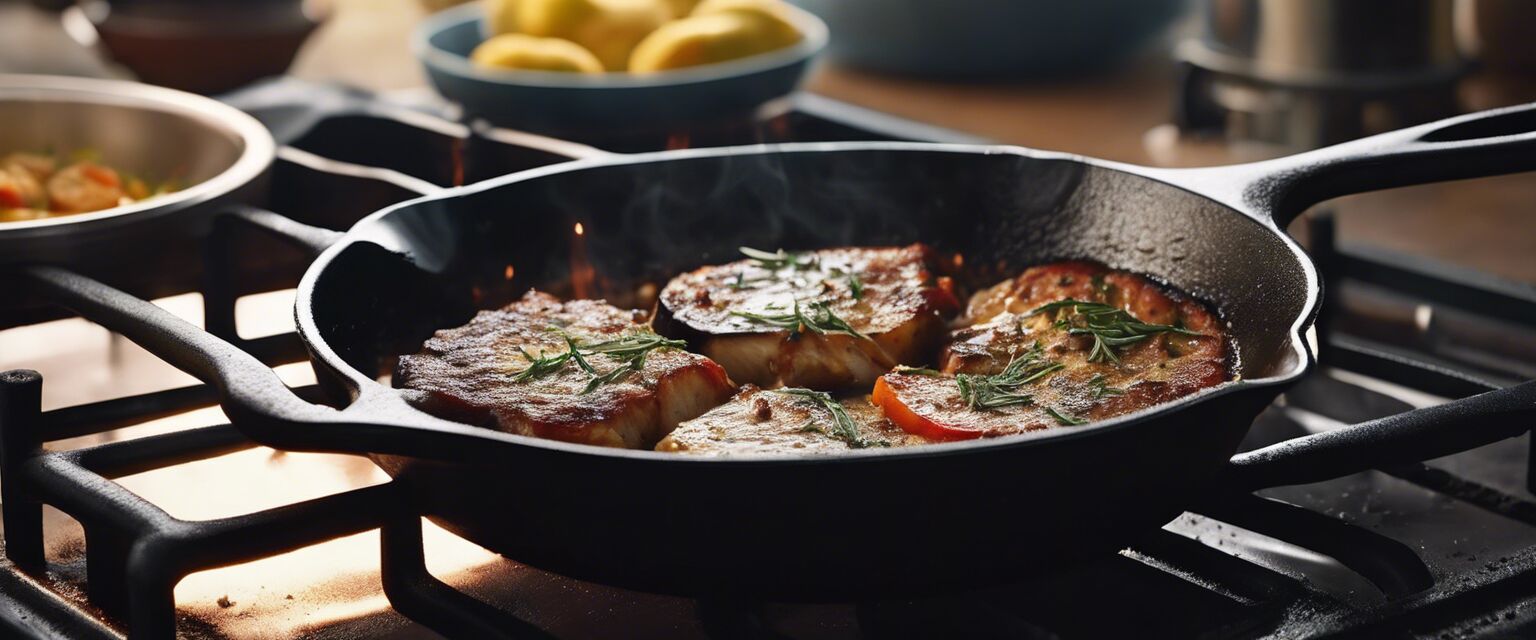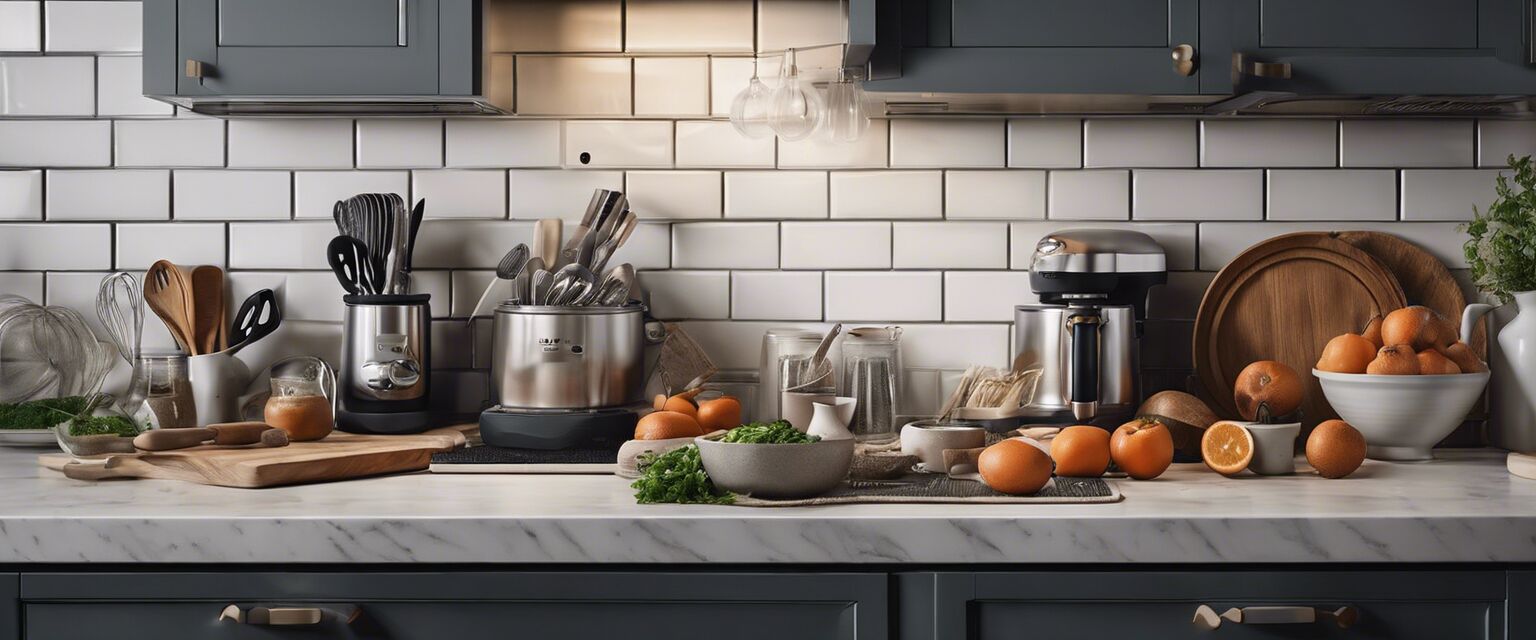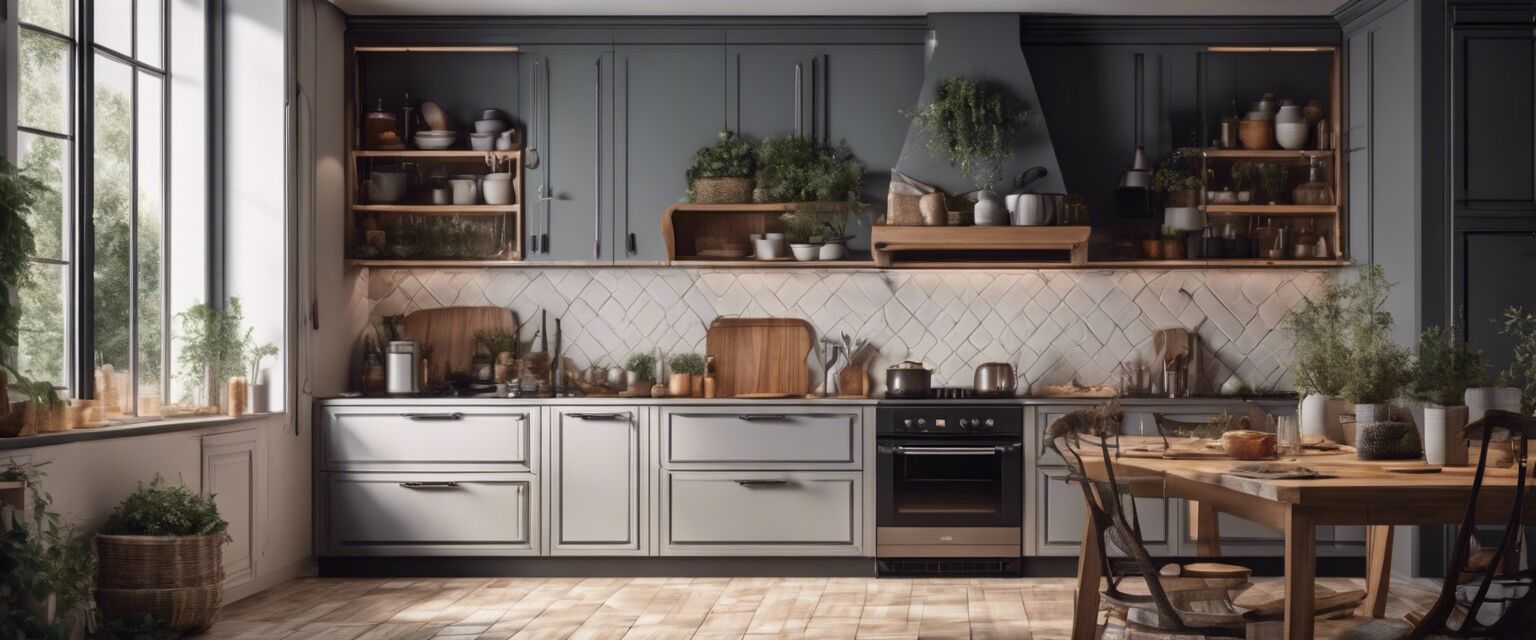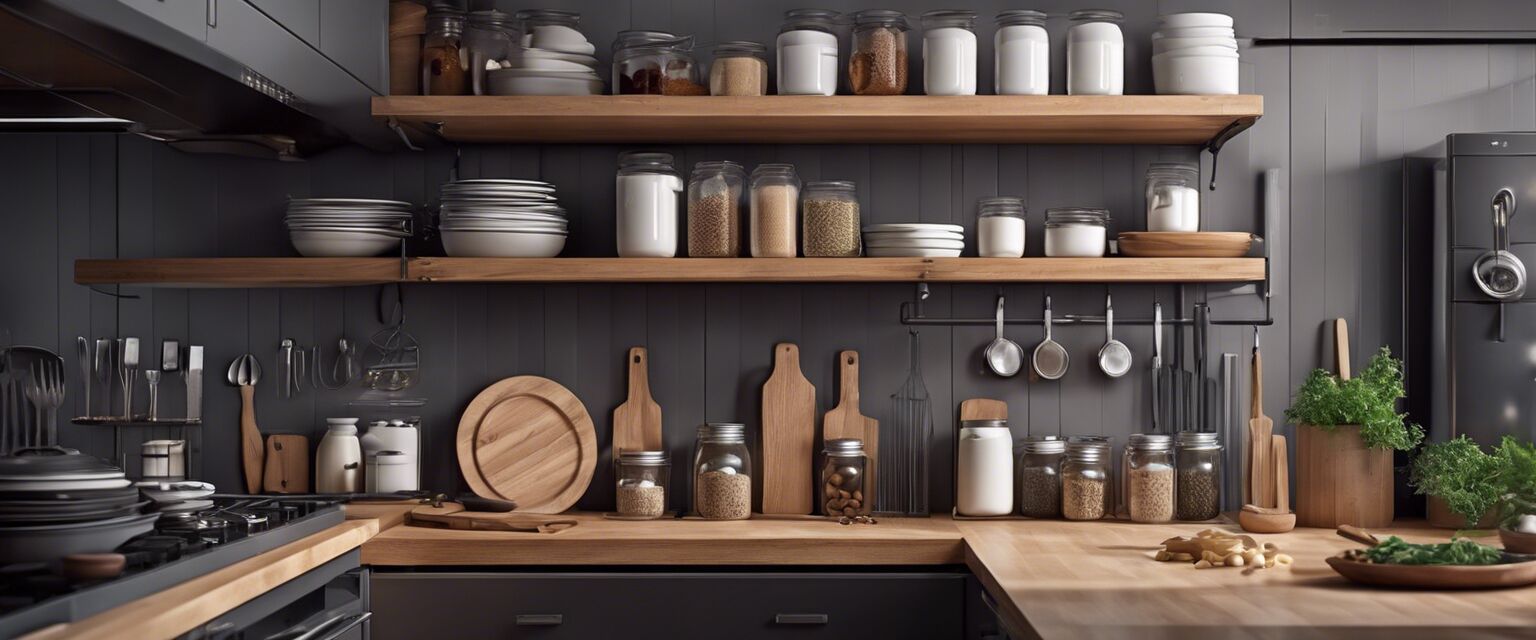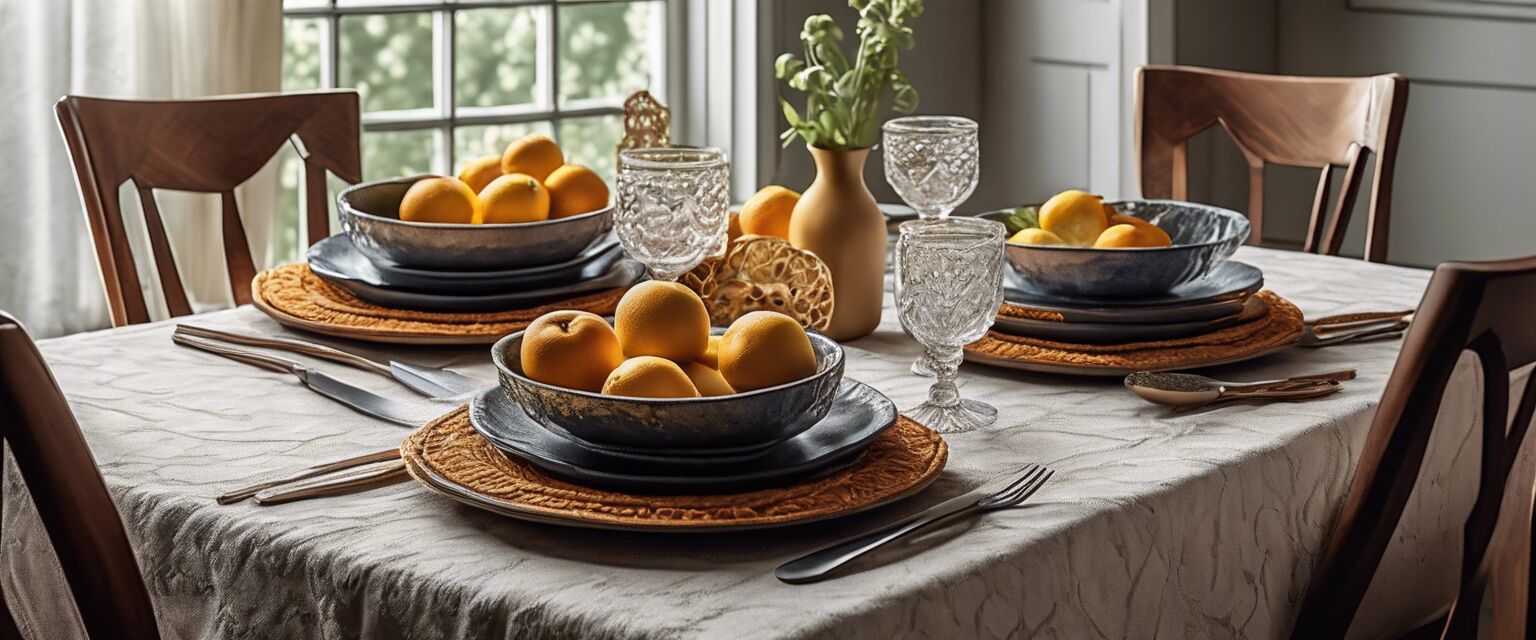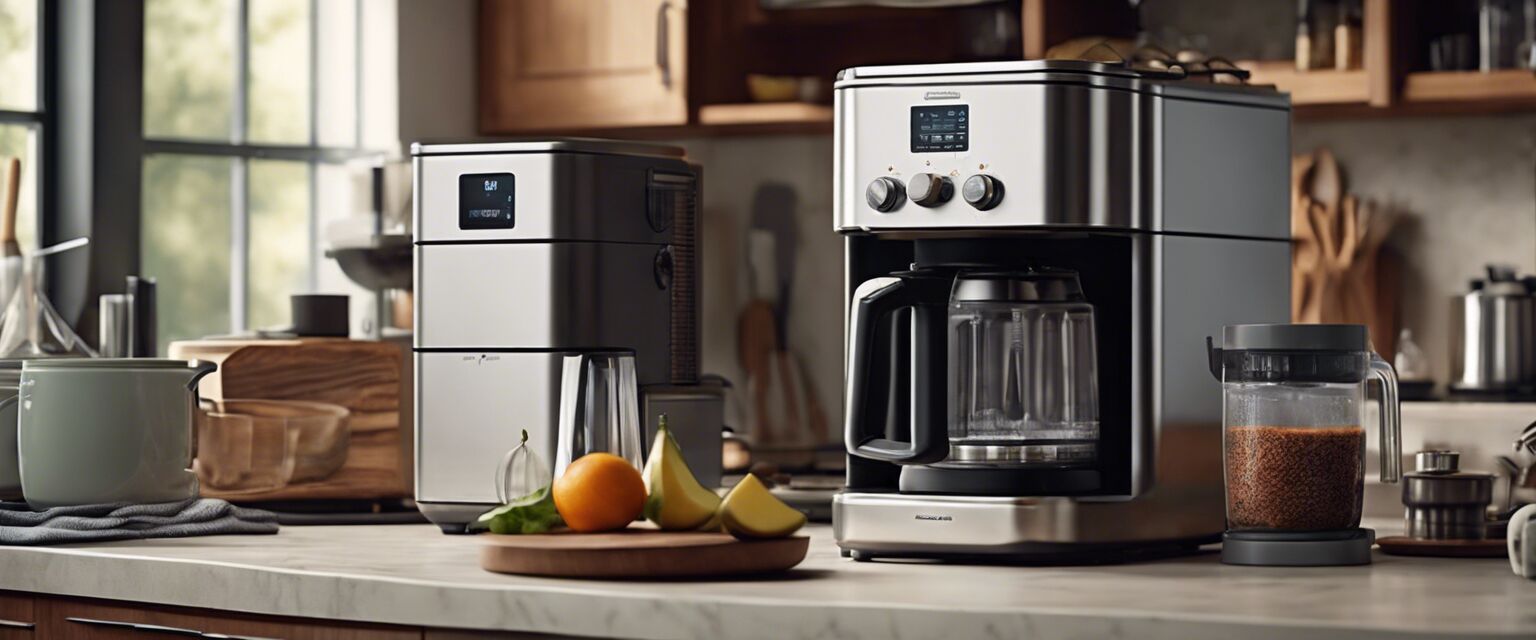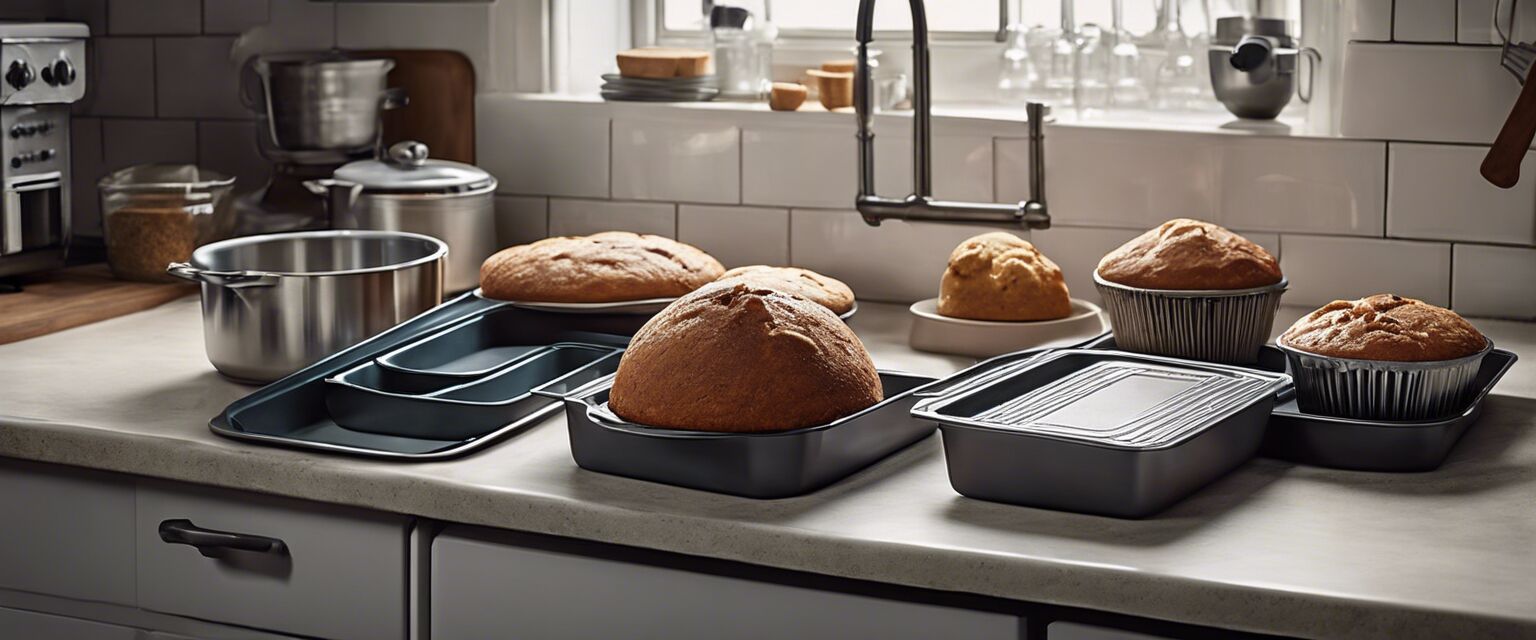
Cookware: An In-Depth Guide
Key Takeaways
- Different types of cookware serve specific cooking needs.
- Material matters: choose based on heat conduction, durability, and maintenance.
- Proper usage and care prolong the life of your cookware.
Cookware is an essential part of any kitchen, whether you're an amateur cook or a seasoned chef. Understanding the different types of cookware available, their features, and best practices for usage can enhance your cooking experience. In this article, we will explore various cookware types, their advantages, disadvantages, and tips for maintaining them.
Types of Cookware
Cookware comes in various materials and forms, each designed for specific cooking tasks. Below is a detailed table outlining the most common types of cookware, their features, and applications:
| Cookware Type | Material | Best For | Care Instructions |
|---|---|---|---|
| Skillets | Stainless Steel, Non-stick, Cast Iron | Searing, frying, sautéing | Hand wash, avoid metal utensils for non-stick |
| Pots | Stainless Steel, Aluminum, Copper | Boiling, simmering, steaming | Regular cleaning, check for scratches |
| Bakeware | Glass, Ceramic, Metal | Baking, roasting | Cool before washing, avoid abrupt temperature changes |
| Dutch Ovens | Enamel-coated Cast Iron | Braising, baking, slow cooking | Hand wash, avoid using high heat |
| Steamers | Stainless Steel, Bamboo | Steaming vegetables, dumplings | Wash after each use |
Choosing the Right Cookware Material
The material of your cookware affects its cooking efficiency and maintenance. Hereâs a breakdown of common cookware materials:
- Stainless Steel: Durable, non-reactive, and ideal for browning and deglazing.
- Non-stick: Great for low-fat cooking and easy clean-up.
- Cast Iron: Excellent heat retention and perfect for searing and slow cooking.
- Copper: Provides superb heat conductivity but requires more maintenance.
Best Practices for Using Cookware
To maximize the life and performance of your cookware, follow these best practices:
- Preheat your cookware before adding oil or food.
- Use the appropriate utensil to avoid scratches (e.g., silicone or wooden utensils for non-stick).
- Avoid stacking non-stick cookware without protective layers.
- Regularly check and maintain the handles and lids for secure fittings.
Care and Maintenance of Cookware
Proper care is essential for maintaining your cookware. Here are some tips:
Tips for Beginners
- Always let cookware cool before washing.
- Follow the manufacturerâs care instructions.
- Use baking soda for tough stains on stainless steel.
- Consider seasoning cast iron after cleaning for longevity.
Cookware Safety Tips
Safety should always be a priority in the kitchen. Here are some tips to ensure safe cookware usage:
- Donât use metal utensils on non-stick surfaces.
- Keep handles turned in and away from the edge of the stove.
- Use oven mitts when handling hot pots and pans.
Conclusion
Understanding the various types of cookware and their specific uses can significantly improve your cooking experience. Remember to choose the right material, practice good maintenance, and prioritize safety. For more information on specific types of cookware, check out our sections on Cookware, Bakeware, and Storage and Organization.
Pros
- Variety of materials and designs for different cooking styles
- Durable cookware can last for years with proper care
- Improves cooking efficiency and results
Cons
- Some materials require more maintenance than others
- Initial cost can be high for quality cookware
- Improper use can lead to damage and decreased lifespan
